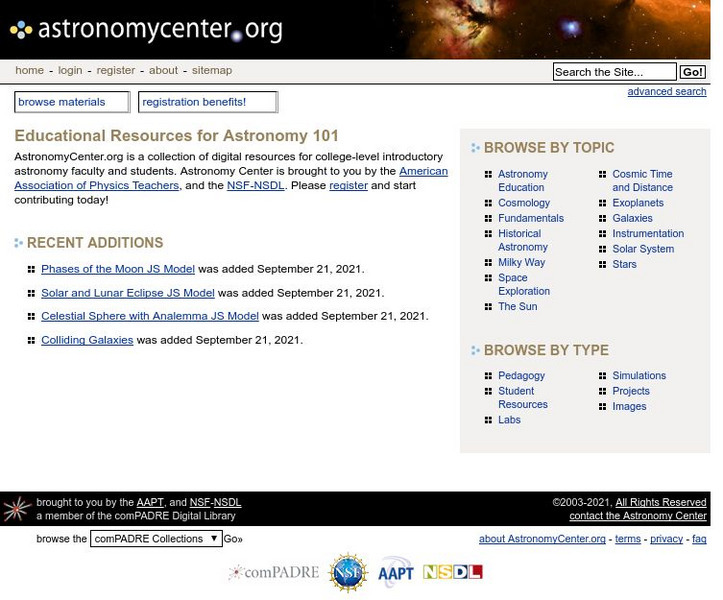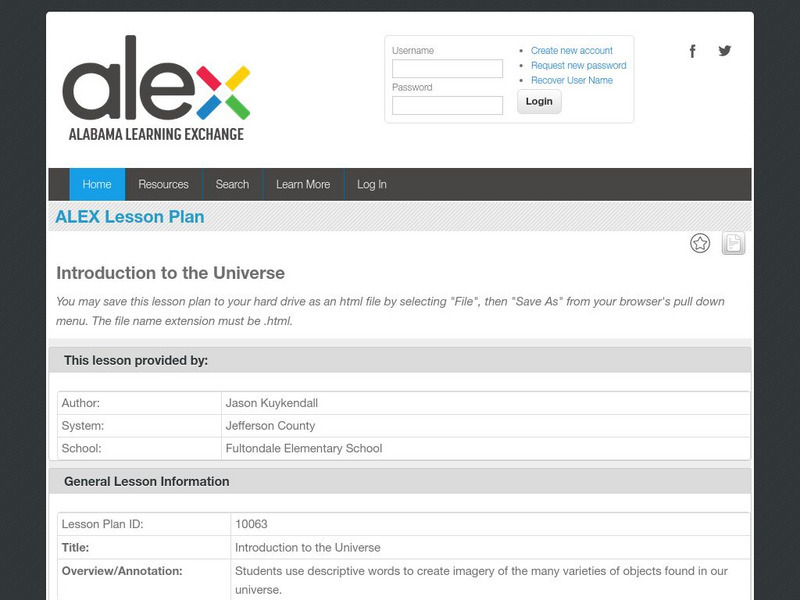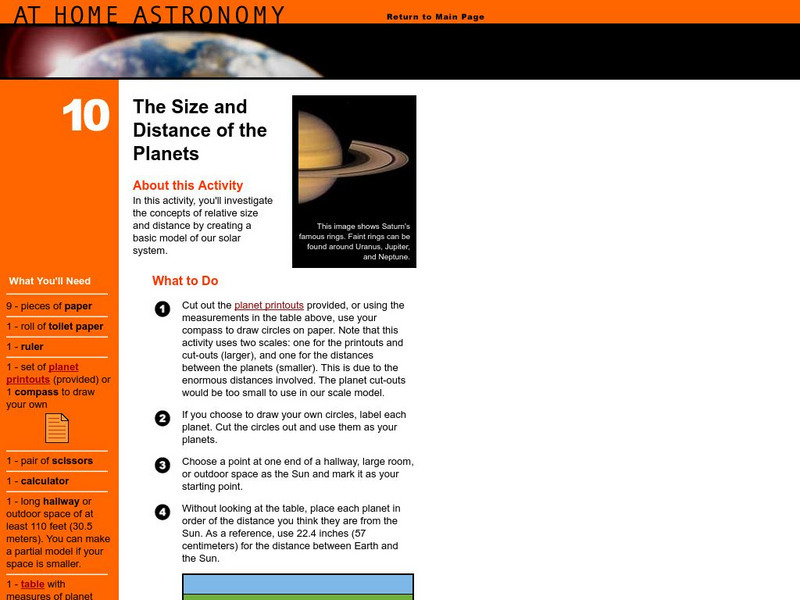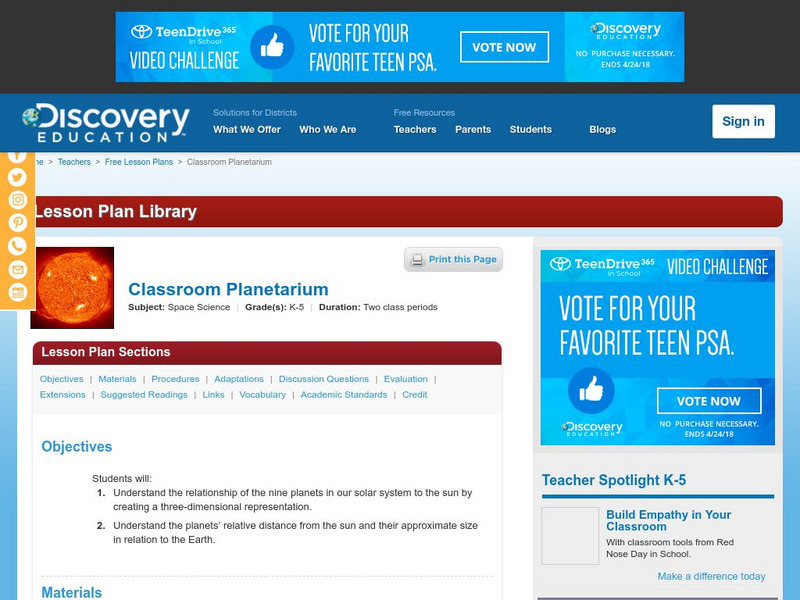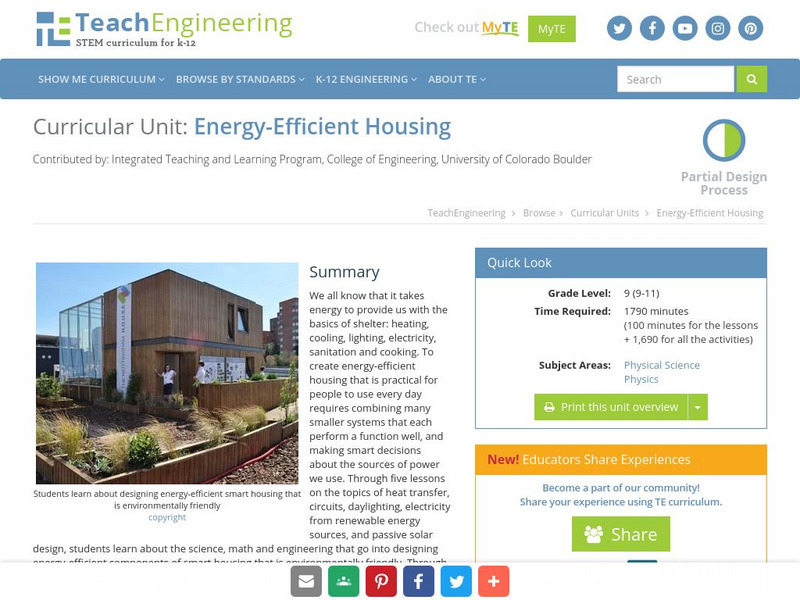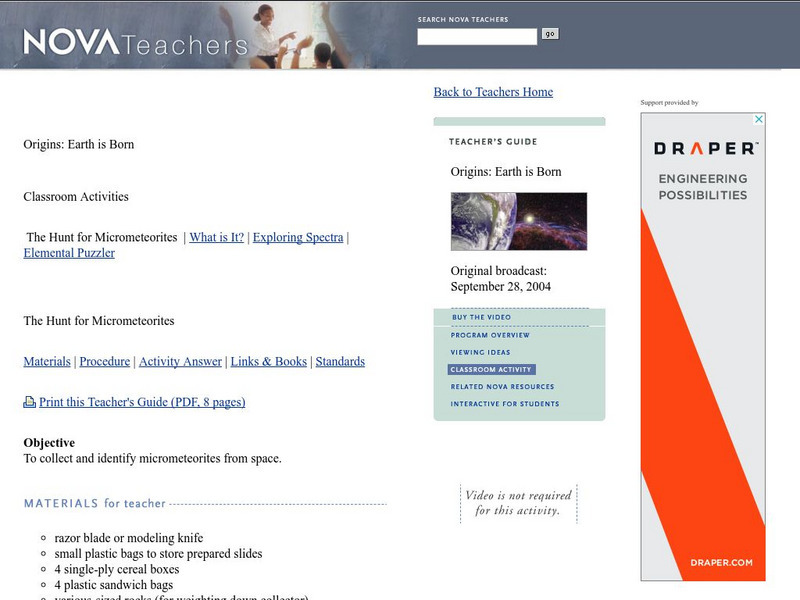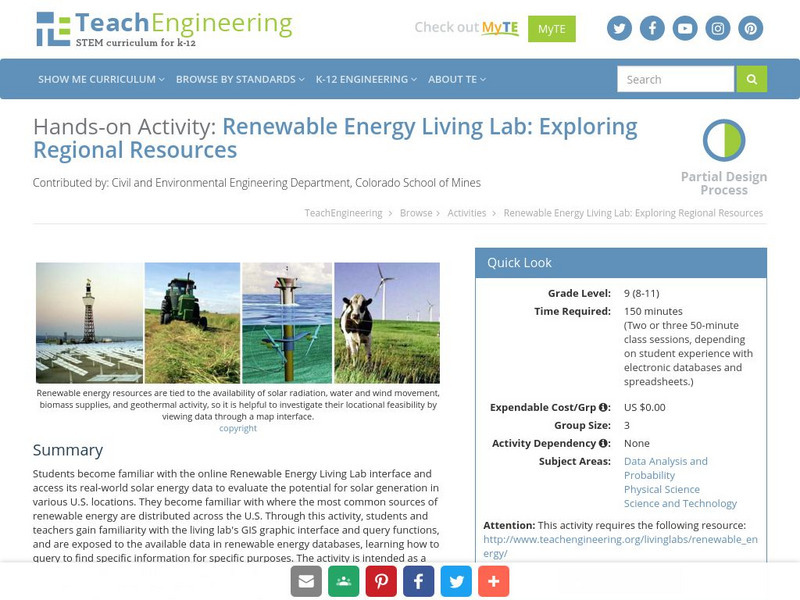Hi, what do you want to do?
American Association of Physics Teachers
Com Padre Digital Library: The Astronomy Center
A searchable collection of "curriculum materials, images, classroom demonstration, learning resources, evaluation instrumnets, and articles about approaches to astronomy education". Users can contribute materials by creating a free account.
Alabama Learning Exchange
Alex: Introduction to the Universe
Students use descriptive words to create imagery of the many varieties of objects found in our universe.
University of California
Uc Berkeley: At Home Astronomy: The Size and Distance of Planets
In this activity, "You will investigate the concepts of relative size and distance by creating a basic model of our solar system." Planet printouts are provided and this site contains related links.
Discovery Education
Discovery Education: Classroom Planetarium
Create a classroom model of the solar system while teaching about relative size of all the planets, and each planet's distance from the sun.
American Museum of Natural History
American Museum of Natural History: Ology: Cosmic Cookies
Roll your mouse over the planets in our solar system to read a vignette about each. Then, link to the recipe for directions to create miniature planet cookies that look like the real thing.
National Geographic
National Geographic: Planetary Size and Distance Comparison
Students review the sizes of planets and their order relative to the Sun. They then learn about astronomical uses and create a model of the solar system that reflects planetary distances. Includes handouts and worksheets as well as a...
Science Fun for Everyone
Science Fun: Solar Eclipse Kit
Create your own solar eclipse with this science experiment. *This experiment is not to be used to look at the actual sun. Looking directly at the sun can be harmful.*
Other
Paper Plate Education: Serving the Universe on a Paper Plate
Excellent resource for "paper-plate" activities that help simplify various astronomy topics. Learn how to build a "Moon Finder" and "Planet Pointer," and create a paper-plate model that explains the Transit of Venus.
TeachEngineering
Teach Engineering: Energy Efficient Housing
We all know that it takes energy to provide us with the basics of shelter: heating, cooling, lighting, electricity, sanitation and cooking. To create energy-efficient housing that is practical for people to use every day requires...
NOAA
Noaa: Space Weather Prediction Center: A Primer on Space Weather
The Space Environment Center put together an introduction to our sun and space weather that it creates during it's 11 year weather cycle. Learn about different solar anomalies and the effects they have on earth with pipelines, geologic...
PBS
Pbs Teachers: Origins: Earth Is Born
Collect micrometeorites from space -- remnants of the time when the solar system formed about 4.6 billion years ago. Create a sky dust collector, sort particularate matter according to attributes and identify micrometeorites by their...
NASA
Nasa: Nasa's Carl Sagan Fellows to Study Extraterrestrial Worlds
NASA announces the new Carl Sagan Postdoctoral Fellowships in Exoplanet Exploration, created to inspire the next generation of explorers seeking to learn more about planets, and possibly life, around other stars.
TeachEngineering
Teach Engineering: Destination Outer Space
Students acquire a basic understanding of the science and engineering of space travel as well as a brief history of space exploration. They learn about the scientists and engineers who made space travel possible and briefly examine some...
Cosmo Learning
Cosmo Learning: Physics in Primary Schools
A collection of video lectures created by University of Sheffield to excite young students about topics in physics in elementary school. The course covers topics like forces, gravity, magnets, sound, light, space travel, and the solar...
TeachEngineering
Teach Engineering: Renewable Energy Living Lab
Students become familiar with the online Renewable Energy Living Lab interface and access its real-world solar energy data to evaluate the potential for solar generation in various U.S. locations. They become familiar with where the most...
ClassFlow
Class Flow: What Happened to Pluto?
[Free Registration/Login Required] This flipchart was created to teach students about Pluto and the recent news of it NOT being a planet (officially). Lots of ways for students to vote on why as well as discussions about what other facts...
PBS
Pbs Teachers: Life's Really Big Questions: Planetary Problem Solving
Explore the possibility of life on planets outside our solar system. Create an extrasolar planet, then make the necessary adaptations for it to be capable of supporting human life.
Curated OER
Saturn Photo
In this activity, "You will investigate the concepts of relative size and distance by creating a basic model of our solar system." Planet printouts are provided and this site contains related links.





